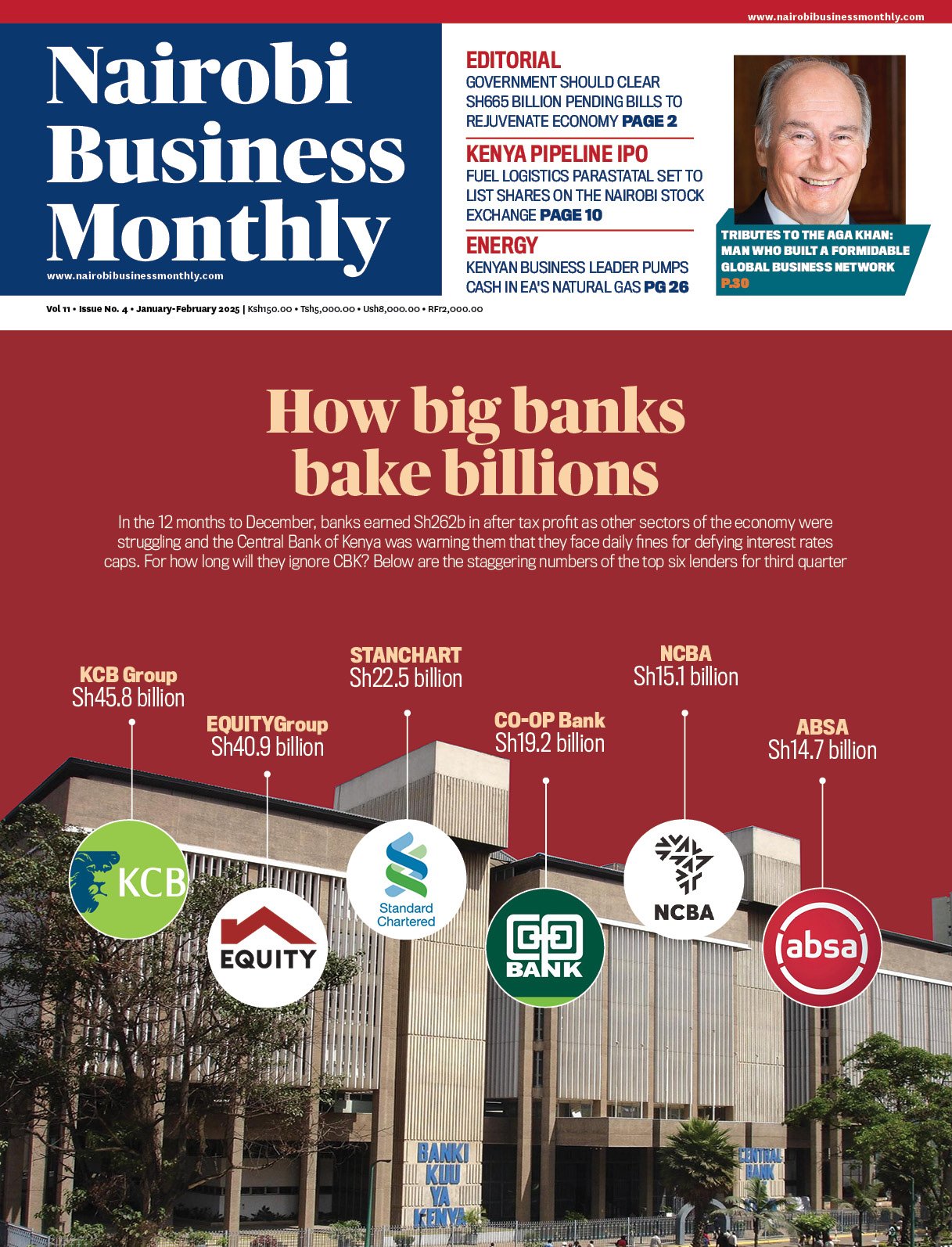BY VICTOR ADAR
International Green Structures’ revolutionary building technology is set to locally manufacture and position itself in Kenya by providing environmentally sustainable structures that will change lives of many.
The multinational company offers alternative building material solution to traditional block & concrete, petroleum and wood-based building materials or methods and has the potential to add up to 90,000 square meters of low cost housing a year from durable materials derived from farmers’ waste from rice and wheat, aiming at 3,000 new low cost homes.
The plan to use agricultural waste is expected to boost the earnings of most of the country’s smallholder rice farmers, who are distributed across four major schemes including Mwea in central Kenya and Ahero, Kano and Bunyala schemes in the western part of the country. Despite producing almost 80% of rice in Kenya, Mwea was ranked among the poorest constituencies in Kenya, with 44% of its population living on less than Sh1239 a month, according to the Kenya Bureau of Statistic 2013 report.
Nyando constituency, which hosts the Ahero rice irrigation scheme that supports about 15,000 farmers, has a poverty rate of 63%, while 65.9% of Budalangi constituency’s 66,723 population, where the Bunyala rice irrigation scheme is located, is extremely poor. The Bunyala scheme supports 10,000 households.
Statistics from the 2009 economic survey indicates that at least 300,000 people earn their livelihood from rice production. However, grown once a year, the crop can suffer from climate swings, is expensive to produce, and suffers competition from cheap imports, with farmers, further, vulnerable to middle men who buy their produce at very low prices.
Delayed payments from cereal boards and mills are another problem facing cereals farmers, who often live in poverty, despite spending their time and resources on farming.
According to Richard China, President and chief executive of International Green Structures (IGS), LLC USA, the opportunity in Kenya is made possible through the country’s rich agricultural industry and scale of production. Presenting a case study at a recent Affordable Housing East Africa 2015 Conference in Nairobi, the confident CEO said 46 million East Africans living in urban slums, as well as the regions’ two million people who are internally displaced, and one million refugees, were victims of a housing crisis in the country.
His case study of the economic impact of using rice and wheat waste to make high impact construction panels will help solve the housing problem. The 3,000 houses will bring about Sh106 million in income to farmers, Sh2, 784 million in additional local manufacturing, Sh1, 402 million in construction earnings, Sh475 million in socially responsible investments, and Sh2, 025 million worth of lifetime benefits in job training.
“In an assessment of the total construction potential from wheat and rice waste in 16 countries in and around eastern Africa, Kenya came up fifth, with a potential to generate enough waste to construct nearly 90,000 square metres of housing a year, enough living space for more than 3,000 people,” says China.
In developing these structures, wheat or rice wastes are cured, dried and broken into small pieces before they are put on a conveyer belt where they are subjected to extreme heat and pressure to form a rigid compound known as Compressed Agriculture Fiber (CAF). The CAF is then cut into project- specific lengths to assemble in a pre-engineered metal framing system. This process results in a non-toxic, carbon negative mould and pest resistant, 100% organic product with strong structural, sound proofed and fire resistant buildings.
Erecting the structures with a 50 square metre shell is estimated to take less than two days once the foundation is settled. Further, it costs around Sh9, 490 to Sh10, 540 per square meter to build houses with the new panels, compared to Sh14, 900 per square meter for traditional building materials. The reduced building time also reduces construction costs.
International Green Structures takes the renewable resource to manufacture CAF Panels and combines them with a pre-engineered framing system, resulting in IGStructures. Permanent or temporary, IGStructures are durable, affordable, and can be built significantly faster than traditional building methods – they are adaptable and ideal for homes, schools, healthcare facilities, large-scale accommodations, remote worker sites, and humanitarian needs. Questions were however asked on sustainability of the initiative and on how it will involve farmers who use the same wastes to produce manure.
Manufacturing plants will be set up in rice and wheat belts in the country with an expectation to create jobs in the harvesting, transportation, manufacturing and construction sectors, positively impacting the social economic fortunes of the local population. This is a double-edged blessing that is also seeing the multinational build its first manufacturing facility in Thika. IGS has successfully built affordable IGStructures in Kenya, Ghana, Uganda, and the United States.
IGS Kenya President Julius Kamau Nyoike confirmed that plans are indeed underway to launch the first manufacturing facility in Thika, which will source its raw material from local rice and wheat farmers.
With an in-country manufacturing facility, IGS provides an opportunity for rice and wheat farmers to earn a second income stream, promoting sustainability, jobs and greater agricultural food security and income.


